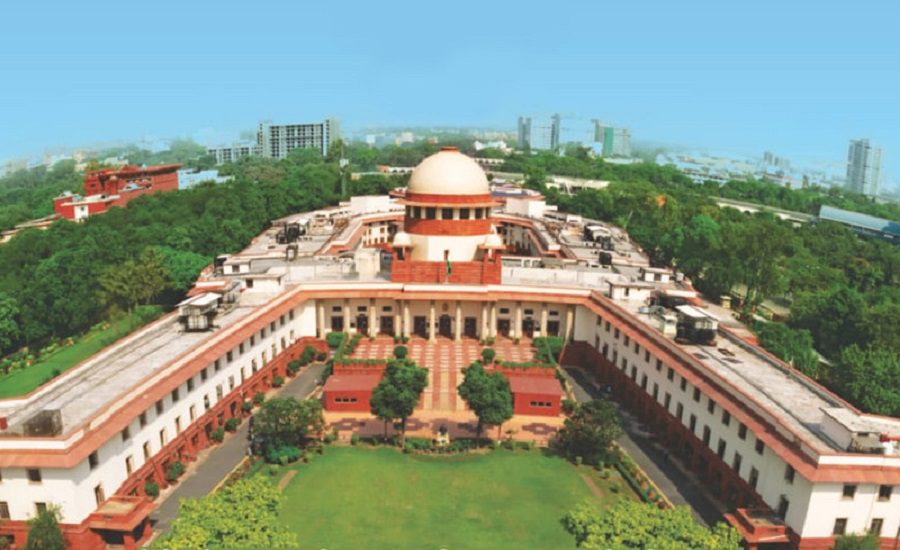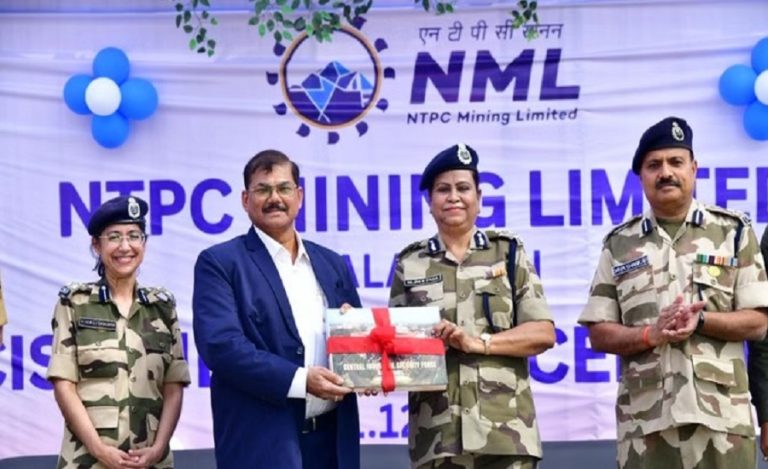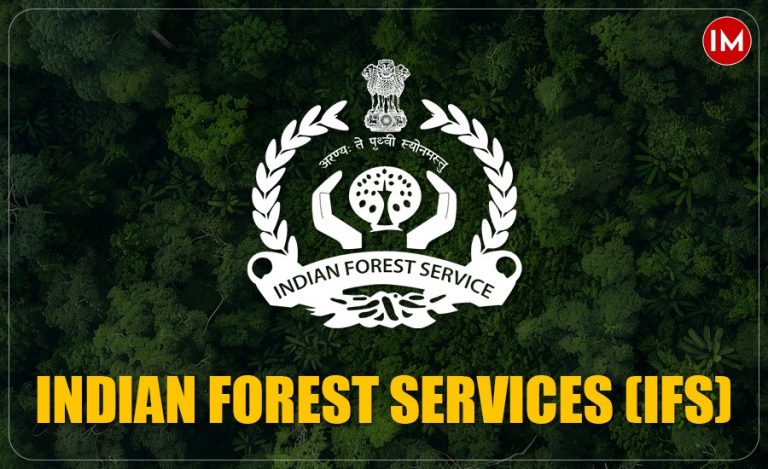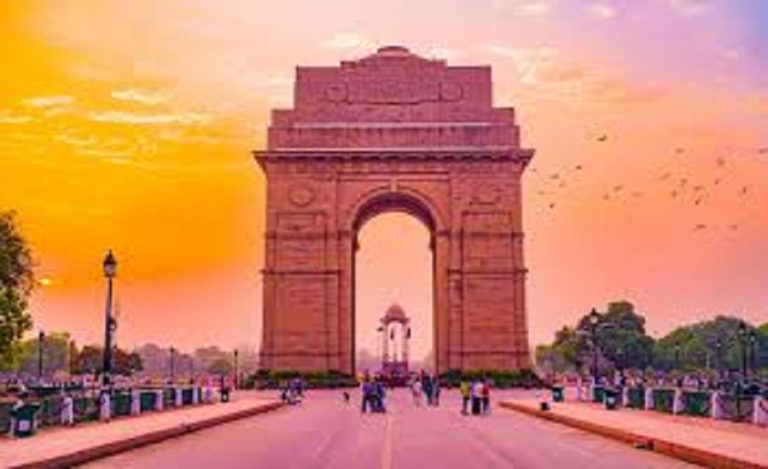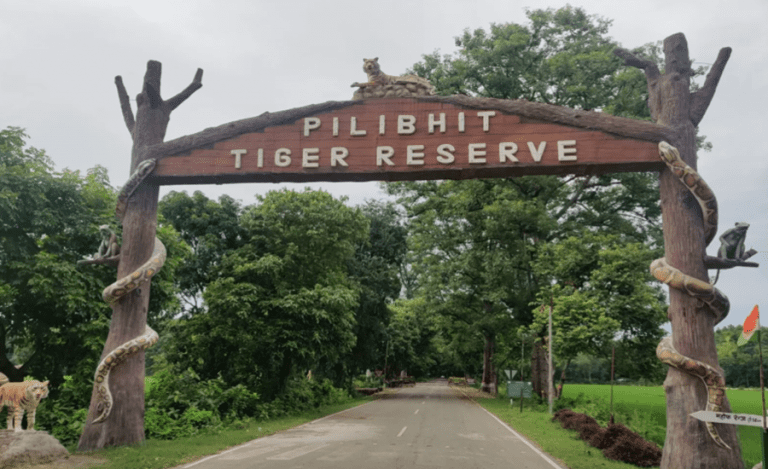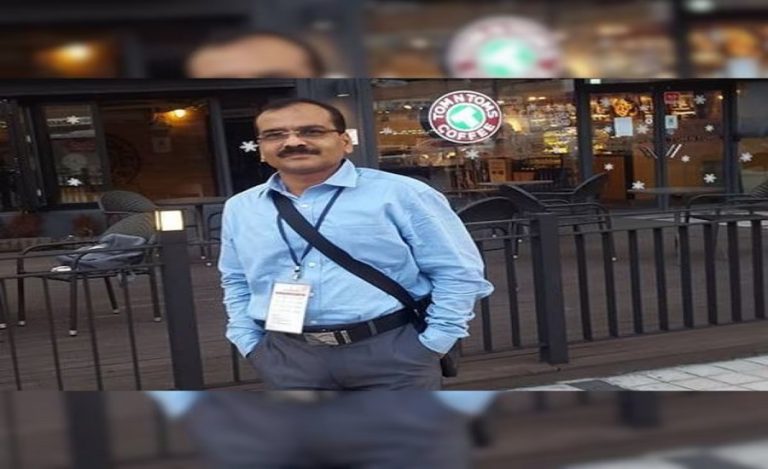Jaipur: On 21 November 2025, the Supreme Court of India (SC) took the significant step of constituting a High-Level Ecosystem Oversight Committee to restore the river system comprising the Jojari River, Bandi River and Luni River in western Rajasthan. The Court sharply criticised the State of Rajasthan’s “regulatory apathy and institutional neglect” in allowing decades of environmental degradation to persist unchecked.
Background of Jojari Bandi Luni River Restoration
The rivers Jojari, Bandi and Luni form a river‐system in western Rajasthan that has been subject to industrial effluent discharge, uncontrolled municipal sewage, and other pollution-related threats for years.
As described by the Court, a documentary titled “2 Million Lives at Risk | India’s Deadliest River” revealed alarming levels of industrial pollution, governance failure and severe public health consequences impacting nearly two million residents across several districts of Rajasthan.
Despite the magnitude of the problem, the Court observed that meaningful corrective action from the state authorities was lacking; rather, steps were taken only after the Court itself triggered proceedings.
Court’s Observations: Regulatory Failure & State Apathy
The bench of Justices Vikram Nath and Sandeep Mehta did not mince words. In its order, the Court noted:
> “We are pained to observe that … the State should have acted spontaneously years ago, for ensuring around the clock compliances which is the constitutional obligation of the State Government and the concerned authorities.”
The Court further recorded that although some steps have been initiated by the state (closure of non-compliant industrial units, removal of bypass lines, unauthorised establishment demolition, high-level meetings, and commissioning of expert institutions) these were undertaken only after the Court’s suo moto intervention.
The timing of these measures, the Court observed, undermines confidence in the state’s ability and willingness to act proactively. The decades of unchecked discharge of industrial effluent and municipal sewage point to a sustained period of neglect:
> “The long-standing environmental devastation afflicting the river system and the adjoining areas … suggests that sustained regulatory vigilance and timely administrative action were lacking in the preceding years.”
Jojari Bandi Luni River Restoration: Formation of the High-Level Ecosystem Oversight Committee
In response to this regulatory vacuum, the SC has constituted what it describes as a “High-Level Ecosystem Oversight Committee” (HLEOC) with the following composition:
- Sangeet Lodha (Retired Judge of the Rajasthan High Court) as Chairperson.
- Pankaj Sharma, Advocate, Rajasthan High Court, to assist the Chairperson.
- Technical expert(s) of repute in water management, pollution control, environmental engineering — to be identified by the Chairperson.
- Additional Chief Secretary, Department of Environment & Climate Change, Government of Rajasthan.
- Joint Secretary, Urban Development & Housing Dept, Govt. of Rajasthan.
- Joint Secretary, Local Self Government Dept, Govt. of Rajasthan.
- Member Secretary, Central Pollution Control Board (CPCB) or nominee.
- Member Secretary, Rajasthan State Pollution Control Board (RSPCB) or nominee.
- Managing Director, Rajasthan State Industrial Development and Investment Corporation Ltd. (RIICO).
- Director, Rajasthan Urban Infrastructure Development Project (RUIDP).
- District Collectors of Jodhpur, Pali and Balotra.
The Court emphasised that the constitution of the Committee is warranted “by the scale of the harm, the complexity of the remedial actions required, and the imperative of ensuring sustained institutional oversight…”
Terms of Reference: Broad and Ambitious Mandate
The Committee is vested with a detailed and wide-ranging mandate, including but not limited to:
- Oversee and ensure full, faithful and time-bound implementation of the final order dated 25 February 2022 of the National Green Tribunal (NGT), including recommendations of the P.C. Tatia Committee.
- Prepare a scientifically grounded, time-bound River Restoration and Rejuvenation Blueprint for the river system (Jojari, Luni, Bandi), incorporating remediation of contaminated top soil, rejuvenation of groundwater aquifers, restoration of river ecology, revival of flora and fauna, prevention of future contamination, and long-term environmental monitoring.
- Conduct comprehensive on-ground survey of every discharge point, pipeline, drain, channel or outlet into the river system; identify legal and illegal discharge points; determine the nature of effluents; verify compliance with statutory standards.
- Verify that all Common Effluent Treatment Plants (CETPs) have installed and continuously operate Supervisory Control and Data Acquisition (SCADA) meters with automatic cutoff mechanisms, and that data generated is monitored regularly by RSPCB/CETP Trusts.
- Ensure treated effluents from CETPs are not mixed with untreated sewage or stormwater at any stage; municipal bodies to prevent such mixing.
- Examine feasibility of making all existing SCADA meters fully online and integrated onto a common monitoring dashboard; assess feasibility of installing SCADA or compatible devices at all Sewage Treatment Plants (STPs); submit recommendations.
- Schedule and conduct audits including surprise checks of CETPs, STPs, oxidation ponds, drainage systems, SCADA units, industrial primary treatment plants; specify compliance benchmarks and ensure non-compliance is addressed promptly.
- Ensure performance audits undertaken by educational institutions engaged by the State are submitted to the Committee; the Committee shall evaluate findings and ensure deficiencies identified are rectified without delay.
- Assess existing treatment capacity vis-à-vis actual industrial & municipal discharge; prepare time-bound infrastructural augmentation plan — may include installation of new CETPs/STPs, enhancement of capacity, new conveyance pipelines, zero liquid discharge (ZLD) technologies, integrated waste-management systems.
- Identify officials, authorities or industrial units responsible for non-compliance or dereliction; recommend disciplinary action, prosecution, recovery of environmental compensation; apply “Polluter Pays” principle.
- Ensure RSPCB publishes quarterly water-quality data; periodic engagement with affected Gram Panchayats and local communities to integrate ground-level feedback into enforcement mechanisms; prepare recommendations based on local grievances, field observations, stakeholder inputs.
- Full authority to call for records, issue directions to State and local bodies, seek technical assistance from national institutions (e.g., NEERI) and ensure strict implementation of all environmental safeguards; and examine any incidental, ancillary or consequential matters linked to prevention of pollution, restoration of river ecosystem, augmentation of treatment infrastructure, enforcement of norms.
First Status-Report deadline: The Court set the first status-report deadline before itself for 27 February 2026.
Jojari Bandi Luni River Restoration: Key Significance of the Order
This order is significant for several reasons:
- It underscores the constitutional right to a clean environment under Article 21 of the Constitution of India, which the Court explicitly linked to the state’s inaction.
- It signals judicial impatience with decades of neglect in river-management and industrial pollution control. The fact that the state moved only when judicial proceedings commenced sends a strong message about proactive environmental governance.
- The creation of an oversight committee with senior judicial leadership and a comprehensive mandate reflects the seriousness of the issue — the rivers affected are not merely local drains but represent a systemic environmental and public-health crisis.
- For affected communities (nearly two million in several districts of Rajasthan) this offers hope that structured monitoring, accountability, and transparent data-sharing might finally become operational.
- From a regulatory perspective, the directive to accelerate SCADA monitoring, integrate real-time dashboards, and apply the “polluter pays” principle could become a model for other polluted river systems in India — especially ones afflicted by industrial-effluent flow and urban sewage mixing.
Key Challenges Ahead
Despite the robust order, several challenges loom large:
Legacy pollution and discharge load: Years of effluent discharge and unchecked mixing of treated/untreated sewage have created top-soil contamination, groundwater aquifer degradation and ecosystem damage. Remediation will require massive investment, long-term monitoring and sustained institutional commitment.
Institutional coordination: The river system spans multiple districts (Jodhpur, Pali, Balotra) and involves state departments (Environment & Climate Change, Urban Development, Local Self-Government), regulatory bodies (CPCB, RSPCB), infrastructure agencies (RIICO, RUIDP) and local governance units (Gram Panchayats). Ensuring smooth coordination will be critical.
Compliance enforcement: Many industrial units and municipal bodies may have decades of non-compliance built in. Identifying violators, ensuring disciplinary action or prosecution, and recovering environmental compensation will face legal, administrative and practical hurdles.
Real-time monitoring and data integrity: Installing SCADA systems across plants, integrating them into a real-time dashboard, ensuring continual functioning and honest data reporting will test both technological readiness and governance culture.
Public engagement and transparency: The Court emphasised publication of quarterly water quality data and engagement with affected communities. Ensuring meaningful participation of local panchayats, transparent grievance redressal and accountability mechanisms will be vital.
Funding & infrastructure augmentation: The blueprint must include upgrading or building new CETPs/STPs, pipelines, ZLD technologies—all requiring funding, design, execution, and monitoring. In resource-scarce settings, prioritisation and sustainability become issues.
Maintaining momentum: With courts often issuing orders, the real test lies in sustained action well beyond the media attention. Changing the administrative culture of “after the Court notices” to “proactive stewardship” remains a deeper challenge.
Broader Implications for Environmental Governance
The SC’s intervention in the Jojari-Bandi-Luni river system has broader resonance:
- It reinforces the emerging jurisprudence where courts are stepping in to bridge governance gaps in environmental regulatory regimes.
- It may spur other state governments to proactively audit their industrial clusters, monitor effluent and sewage management, and establish independent oversight mechanisms even without court triggers.
- The emphasis on integration of SCADA, real-time dashboards and public data reflects global best practices in water governance—if executed well, it can raise India’s benchmark for river-restoration projects.
- By identifying almost two million lives at risk, the case underscores how environmental governance isn’t merely a technical or regulatory issue—it links directly to human health, livelihoods, equity and constitutional rights.
- Finally, the “polluter pays” doctrine being given teeth by the Court may encourage industries to invest in cleaner technologies, pre-empt compliance action and factor environmental cost into their operations.
What’s Next and Key Milestones
- The high-level Committee must present a blueprint for river restoration with time-bound tasks and financing plans.
- Surveys and mapping of all discharge points and illegal outlets must begin without delay.
- Real-time monitoring systems (SCADA/meters) must be installed and operational, with dashboards accessible to regulators and potentially the public.
- Quarterly publication of water‐quality data by RSPCB must commence and senior officials must engage with local communities.
- Disciplinary action and environmental compensation for violators must be initiated with visible cases to demonstrate seriousness.
- First status report to the Court is due on 27 February 2026. The state and Committee must meet that deadline.
- Local communities, civil society organisations and media must monitor implementation; absence of visible progress may lead to further judicial directions or oversight.
Read also: Shocking 40-Year Inaction: Rajasthan HC Directs New Cell to Track Accused Who Never Left the Village

